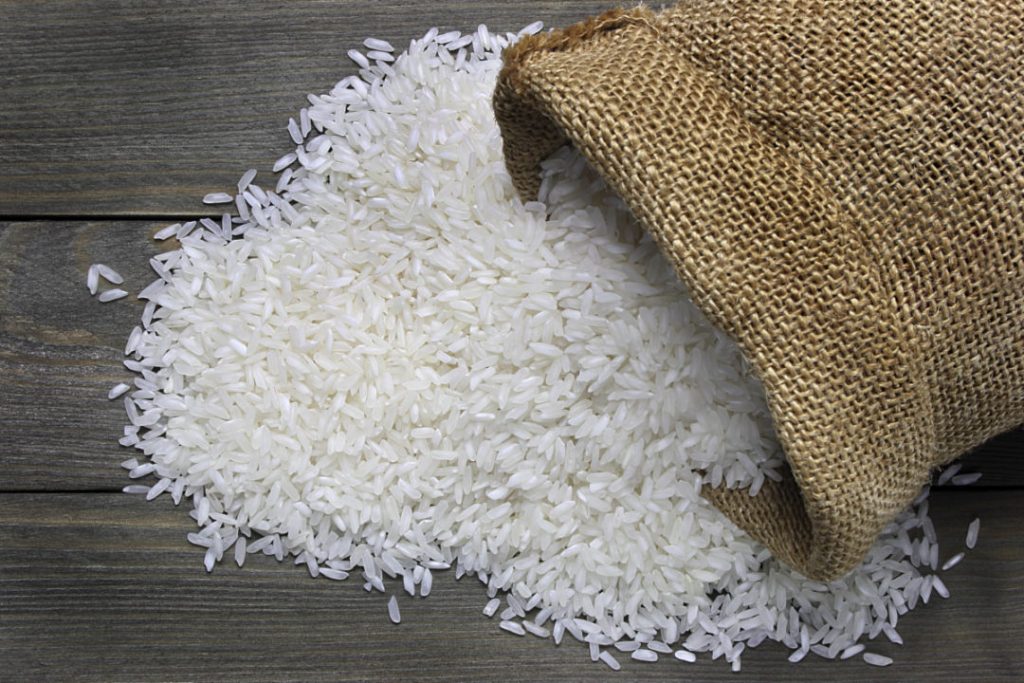Rice is a big part of Ghanaian culture with its consumption increasing each year due to population growth, consumer habits, and urbanization. It is estimated that Ghana consumes about 1,000,000 tons of rice per year but is currently producing half of that amount to adequately meet the needs of its citizens while importing the rest.
Rice is grown as a food and cash crop. Paddy production has increased from 302,000 tons in 2008 to 722,000 tons in 2017 resulting in 181,000 tons of milled rice in 2008 and 469,000 tons in 2017. However, there is a fluctuation in the amount of rice produced in the country yearly due to yield variations.
Ghana has had the opportunity to capitalize on its naturally gifted agricultural capacity. With a surplus of vegetation and farmland the government has initiated schemes to help in increasing its agricultural productivity, most notably the Planting for Food & Jobs Program. These initiatives are meant to help increase production of crops like rice to address food security, poverty reduction, and import substitution. Under this initiative, the Government of Ghana sought to boost a before declining Agric sector, create jobs, and make the venture more profitable to all stakeholders involved. With the increase in production and initiatives, Ghana’s need for importation has continued to decrease since 2017. It is important that the government and its citizens prioritize the production and use of locally grown rice to limit the need for imported rice and subsequently cutback on government spending.
Rice Varieties
It is important that the best rice seeds are used in production for better yield to fully satisfy the need of the country.
There are over 120,000 rice varieties grown around the world. In Ghana however, Council for Scientific and Industrial Research (CSIR) has about 20 registered varieties of rice seed grown in the country. A few of them though are the more preferred option for farmers in the country due to their high potential for yield; AGRA, SAKAI, & AMAKWATIA being the most popular long grain options.
These three are all resistant to the most likely undesirable issues that affect their yield of paddy such as lodging, blast, and iron toxicity. AGRA rice provides the greatest yield at 12.5 tons per hectare; SAKAI, and AMAKWATIA both have a potential yield of 8.0 tons per hectare.
At the end of a production cycle, paddy is produced which needs to be milled into rice, so the milling yield of any rice variety is also important. AGRA and AMAKWATIA both have a milling yield of 70.4% and SAKAI a 60% milling yield.
Rice is maintaining the satisfaction of the Ghanaian populace. The country as a whole has the obligation and capacity to satisfy the needs of the people as well as reduce the economic burden of importation.
All in all, knowing the quality varieties allows us to make informed decisions in the growth and production of a loved commodity in Ghana.

